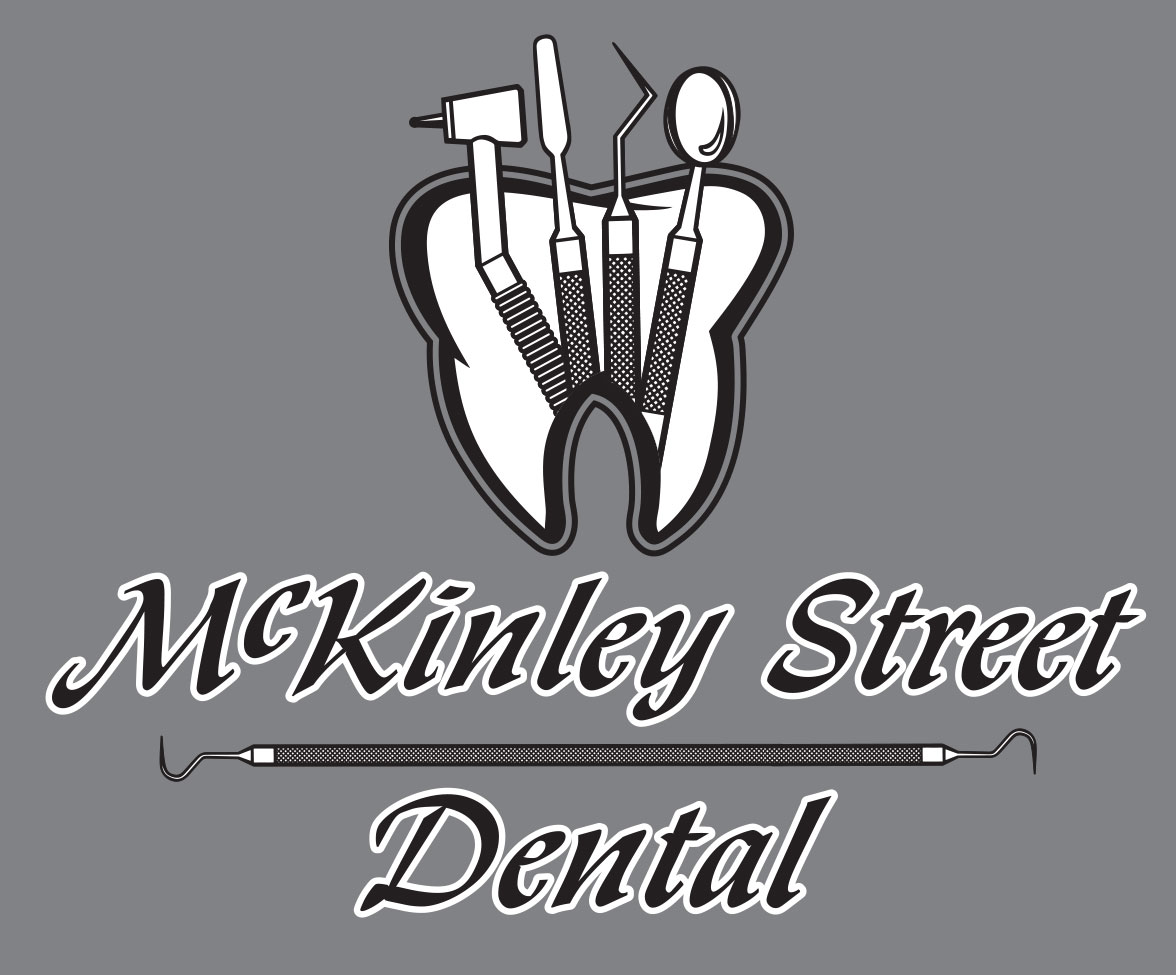Extractions
When a tooth is damaged or broken, a dentist fixes it with a crown, filling or other
treatments. However, sometimes the damage may be too severe, and the tooth
has to be extracted.
The Tooth Extraction Process
Preparation
The dentist will take an x-ray observation of the problematic area. It is prudent to
give the dentist or dental surgeon your full medical history including any
medication or supplements you are using. This information will assist in deciding
on the most suitable anesthetic to use and when to schedule the procedure. The
dentist should be notified of any health changes before the process begins.
After the Procedure
After the removal, the dentist will give you postoperative instructions. Ask any
questions or concerns you have before you go home. Let them address any fears
you may have. The dentist is also likely to give you pain medications as well as an
antibiotic. Take a pain pill as prescribed before the anesthetic wears off and keep
taking as need be.
You may use an ice pack to control swelling and pain. Five minutes on the area
and five minutes off, repeated as necessary. Soft foods are recommended for
several days after.
The Risks:
- A fractured jaw. (rare)
- Damage to a nearby tooth.
- When the extraction is attempted, root tips may break and need to be removed or left in the jaw depending on the situation.
Tooth extraction can be a simple or difficult procedure. A qualified, experienced dentist or dental surgeon will do their best to make the procedure successful. If a tooth is the cause of your sleepless nights or the reason for your pain get in touch with us.





